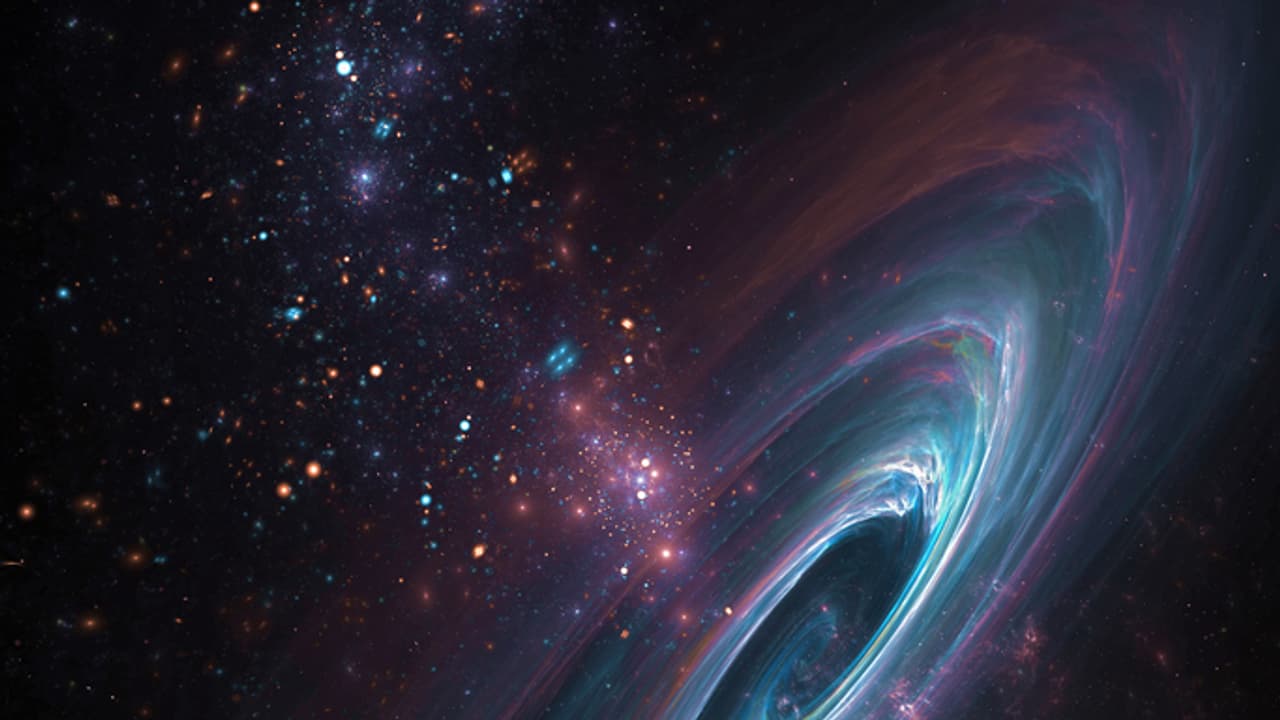A star partially devoured by a supermassive black hole in 2022 returned for a second close encounter in 2024. This rare event challenges previous assumptions about black hole interactions. Scientists now await a possible third flare expected in 2026.
We’ve always believed that when a star gets too close to a black hole, it’s the end of the story. But a new discovery by scientists at Tel Aviv University has flipped that idea on its head: a star survived a run-in with a supermassive black hole—and returned for a second round. The study was published in the July 2025 issue of The Astrophysical Journal Letters.
This unusual finding suggests that black holes may not always completely destroy stars during such cosmic encounters. Instead, some stars may get only partially shredded and live to pass by again. It’s the first time astronomers have witnessed such a repeated event, and it could change the way we understand the powerful forces at work in the universe.
What exactly happened?
Back in 2022, astronomers observed a bright flare in a distant galaxy. It was a typical “tidal disruption event”—a flare of light that occurs when a star gets too close to a supermassive black hole and is torn apart. But then, two years later, in 2024, another nearly identical flare was spotted from the same location.
That was unexpected.
Black holes, especially the supermassive kind that sit at the center of galaxies, don’t usually let anything come back for a second time. Once a star gets caught in its grip, it’s usually shredded completely and swallowed. But this star—partly eaten—seems to have survived and returned, offering scientists a rare second look.
Why is this important?
According to Prof. Iair Arcavi, who led the research, this is the first confirmed case where a star wasn’t fully destroyed by a black hole. Instead, it was only partially disrupted—some of it was pulled away and swallowed, while the rest stayed intact and continued on its path, only to come back again later.
This second helping flare suggests that many similar events seen in the past may also have been partial disruptions, not full ones as previously believed. If true, it means scientists may have been misinterpreting these cosmic events for years.
What does this tell us about black holes?
Black holes are invisible, but when material—like parts of a star—falls into them, it heats up and shines brightly for a short time. This light is one of the few ways we can study these mysterious objects. By examining the brightness, temperature, and behavior of these flares, astronomers can learn more about how black holes grow and how they affect the galaxies around them.
Until now, scientists believed these flares were one-time events. But if stars can survive and return, it could mean these light shows are more like a series of episodes rather than a single dramatic finale.
What’s next?
The research team is now waiting to see if another flare will appear from the same spot in early 2026. If it does, it would be a third encounter, confirming that the star has survived not once, but twice. That would be solid proof that the second flare was also a partial disruption.
However, if no new flare appears, it likely means the second event finished off the star completely.
Either way, this discovery is forcing astronomers to rethink what they thought they knew about black holes and the stars that stray too close.
